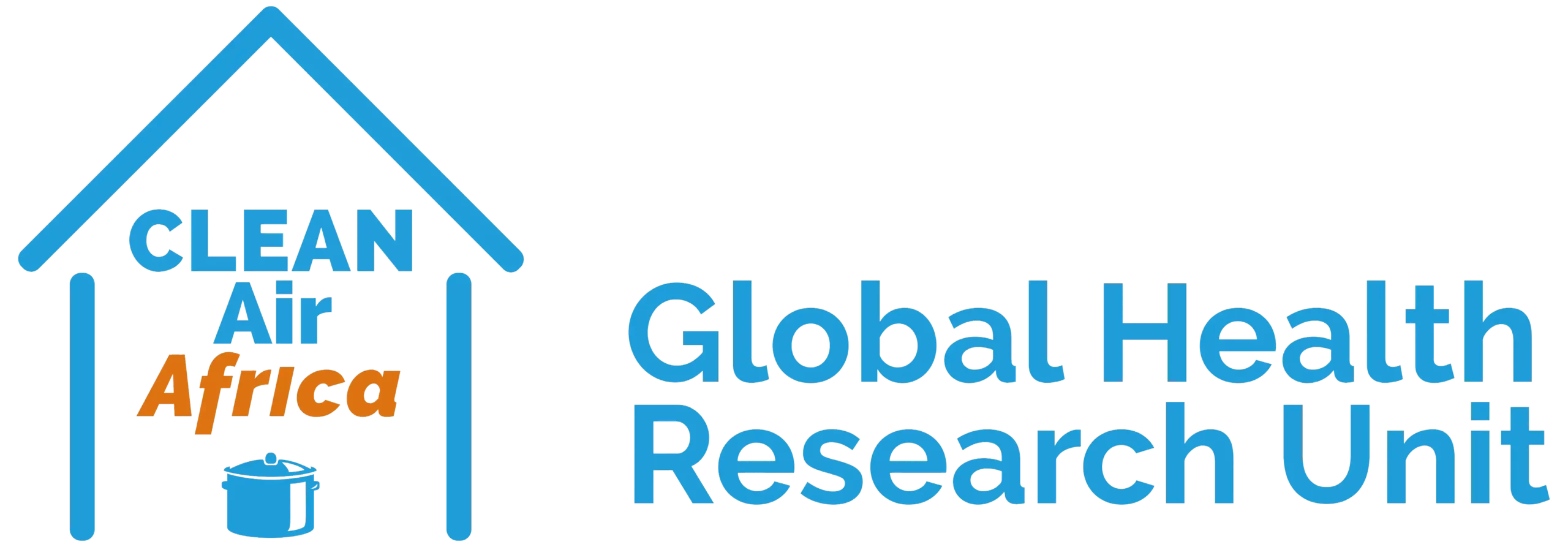Dr. Matt Shupler introduces the Prospective Urban and Rural Epidemiology (PURE)-Air study, which was carried out among 2,500 households in 120 rural communities of eight countries: Bangladesh, Chile, China, Colombia, India, Pakistan, Tanzania, and Zimbabwe.
Using state-of-the-art air pollution monitoring technology, the study examined the socioeconomic and environmental determinants of concentrations and exposures to fine particulate matter (PM2.5) and black carbon, two pollutants that adversely impact health and the climate.

